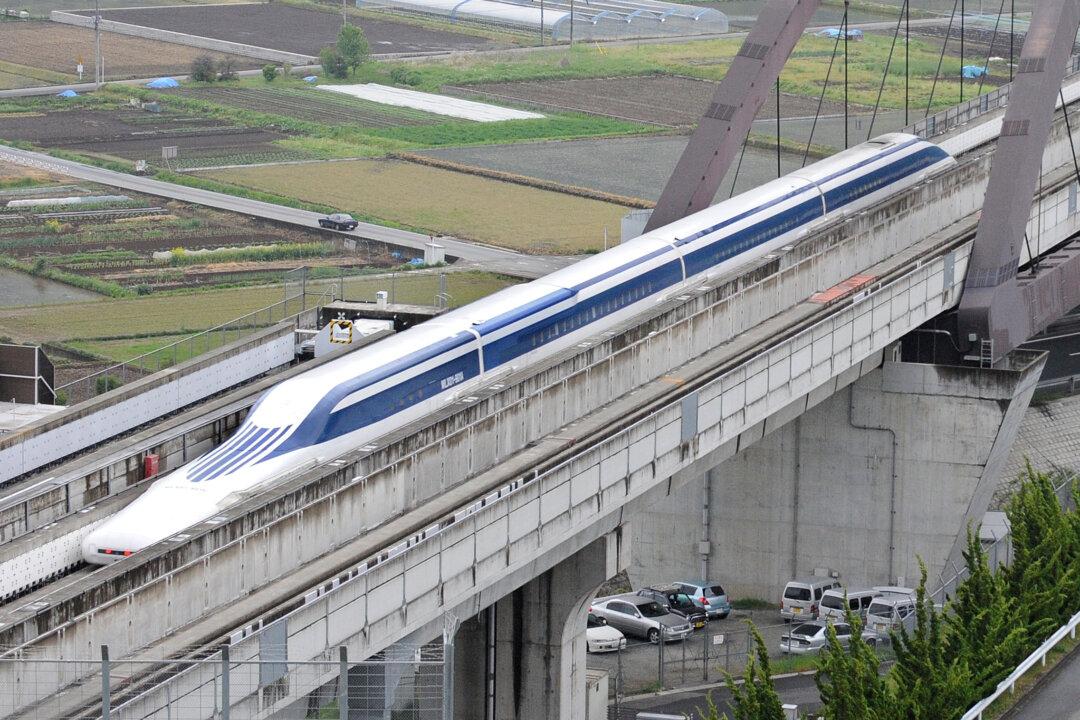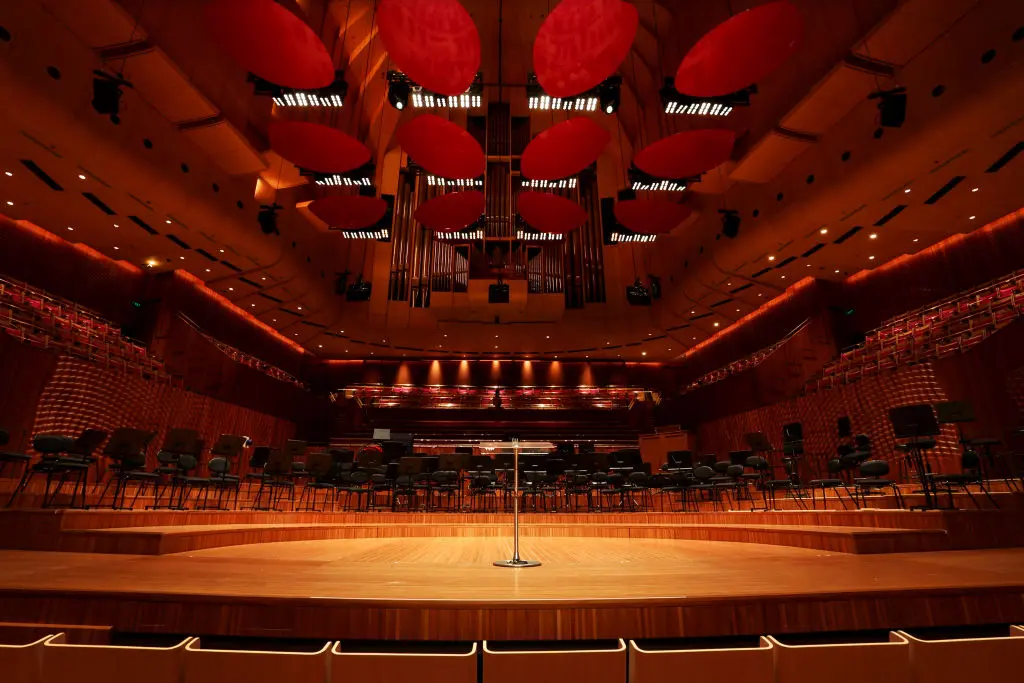A Melbourne-based think tank has been the latest organisation to contribute to Australia’s long-running high-speed rail debate, publishing a study saying that it would not be feasible.
The Grattan Institute said that a high-speed rail would be too costly for Australia’s small population and would not benefit regional areas.





